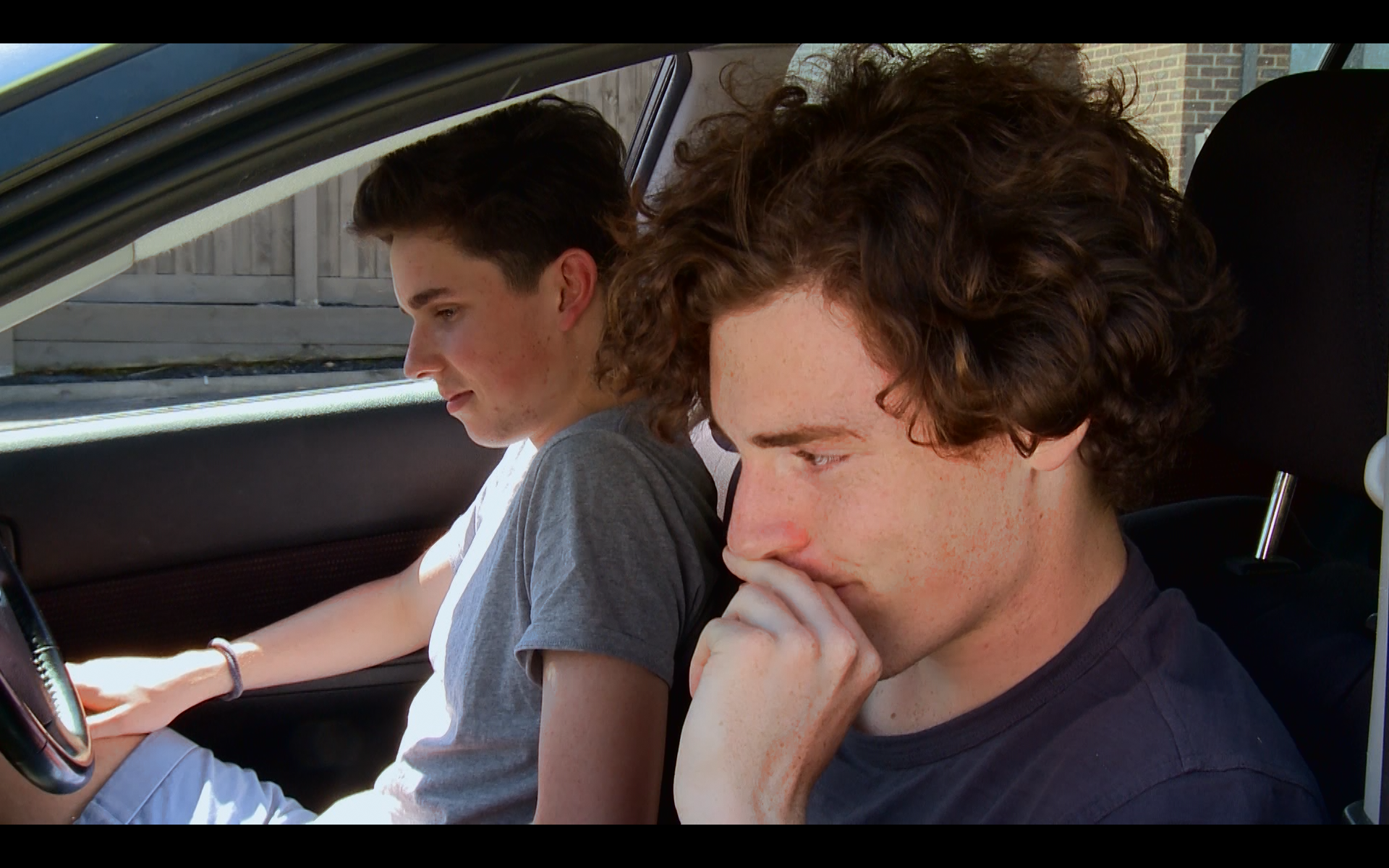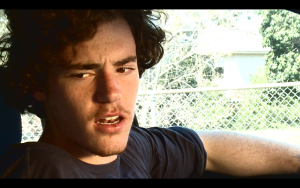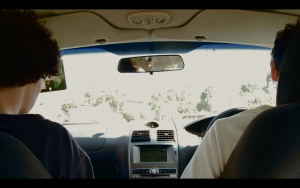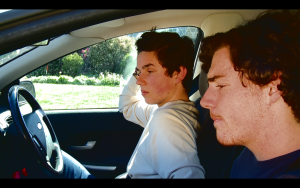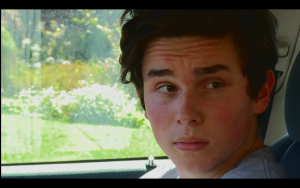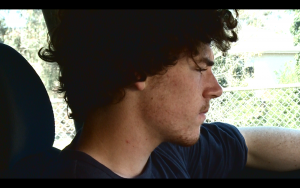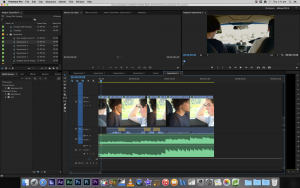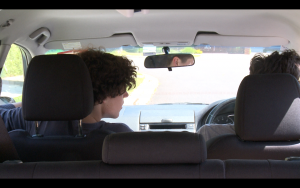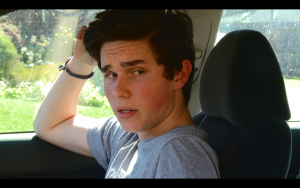I set out into this course with what seemed like next to no experience in filmmaking, particularly compared to other students in the class. What I did however was an obsession with emotions and an obsession with music in film. It is for these reasons that I outlined a vague statement back in the end of September for my investigation goal:
How can I manipulate elements to change the emotional intensity of the scene?
By this strange statement, I was outlining a plan to add and subtract music, change the types of music, add and subtract dialogue and change locations to see how it impacted the emotional intensity of the scene. It was a very open idea that I would plan to change as I progressed along with shooting, and it did progress.
After a test shoot on the 29th of September, I realised that had no real “plan of action” for what I would be doing each day of shooting. The test shoot was interesting, in that why I didn’t learn much practically, it helped me realise that my shoots needed to be a lot more structured than they actually were.
So for the next shoot on the 2nd of October, I revised my current question, and outlined a plan of action for 24 different shots, where I would try to capture 24 shots for a number of different emotions, such as sadness, anger or happiness. For each emotion, I would capture it in 4 different shot styles, a front on shot, a side on shot, a shot from behind the two subjects, and alternating match cutting dialogue shots. For each of those shots, I would shoot them 6 times each, one with dialogue and no music, one without dialogue and no music, one with dialogue and diegetic music, one without dialogue and diegetic music, one with dialogue and non-diegetic music and finally one without dialogue and added non-diegetic music. In terms of having an efficient shooting schedule, this plan was a success, in 3 hours I was able to easily get the 24 shots done.
In the editing suites, this allowed me to churn out a number of experiments easily and efficiently. However, my lack of experience seriously hindered the production, as my use of a lighting reflector gave a number of frames this distracting golden hue. However, this was somewhat of a blessing and a curse, as whilst it was frustrating to have to deal with, it meant that I was forced to learn the basics of colour grading. A similar bittersweet feeling occurred when I decided to reshoot a number of these scenes on the 18th of October. In that situation, no sound was recorded in my shoot. Whilst this was obviously frustrating, it did mean that I was then forced to adapt, and learn how to record wild sound that I could add into the silent shots in order to fix them.
Where I think I really learnt from my investigations was in the edit suites. There, I would be able to manipulate the shots I had taken to add different music tracks and experiment with the order of scenes, to not only vary the emotional intensity, but also change the emotional context as a whole.
Whilst this investigation has no doubt had its frustrations, those frustrations have truly allowed me to learn. It’s likely that if someone was to look at the work I’d done, it would look incredibly inexperienced and unskilled compared to what the rest of the students have to offer, and they’d be right. I am inexperienced, and I don’t have any filmmaking skill yet, but I do love film and I love making them, so this investigation was perfect for me in the way that it allowed me to build experience and learn things I never would have if I never tried them. Whilst I tried things and failed at them, the beauty of this course is that a failure can be a blessing, I can learn from them, adapt from them, and work with them in ways I might not have been able to do if I got it right.
Below is a number of stills, 10 different experiments I managed to do, as well as a 30 second screener for my work.
Screener:
Experiment 1: Creating a base clip
Post link: http://www.mediafactory.org.au/corey-lisle/2015/10/13/experiment-1-creating-a-base-video/
Experiment 2: Working with dialogue and diegetic music
Post link: http://www.mediafactory.org.au/corey-lisle/2015/10/20/experiment-2-working-with-dialogue-and-diegetic-sound/
Experiment 3: Working with diegetic music and no dialogue
Post link: http://www.mediafactory.org.au/corey-lisle/2015/10/20/experiment-3-working-with-diegetic-sound-no-dialogue/
Experiment 4: Working with dialogue and non-diegetic music
Post link: http://www.mediafactory.org.au/corey-lisle/2015/10/20/experiment-4-working-with-dialogue-and-non-diegetic-music/
Experiment 5: Creating a video similar to experiment 4 without dialogue
Post link: http://www.mediafactory.org.au/corey-lisle/2015/10/23/experiment-5-creating-a-video-similar-to-experiment-4-with-no-dialogue/
Experiment 6: No dialogue and no music in a side on shot
Post link: http://www.mediafactory.org.au/corey-lisle/2015/10/23/experiment-6-no-dialogue-no-sound-with-a-side-on-shot/
Experiment 7: Putting sound together
Post link: http://www.mediafactory.org.au/corey-lisle/2015/10/23/experiment-7-putting-together-sound-with-silence/
Experiment 8: Adding diegetic music to a back shot
Post link: http://www.mediafactory.org.au/corey-lisle/2015/10/23/experiment-8-adding-non-diegetic-music-to-a-back-shot/
Experiment 9: Using non-diegetic music to create a contrasting emotion
Post link: http://www.mediafactory.org.au/corey-lisle/2015/10/23/experiment-9-using-non-diegetic-sound-to-create-a-contrasting-emotion/
Experiment 10: Using non-diegetic music in a different emotional context
Post link: http://www.mediafactory.org.au/corey-lisle/2015/10/23/experiment-10-using-non-diegetic-sound-to-create-a-different-emotion/
Music Credits:
http://www.bensound.com/royalty-free-music/track/sexy
